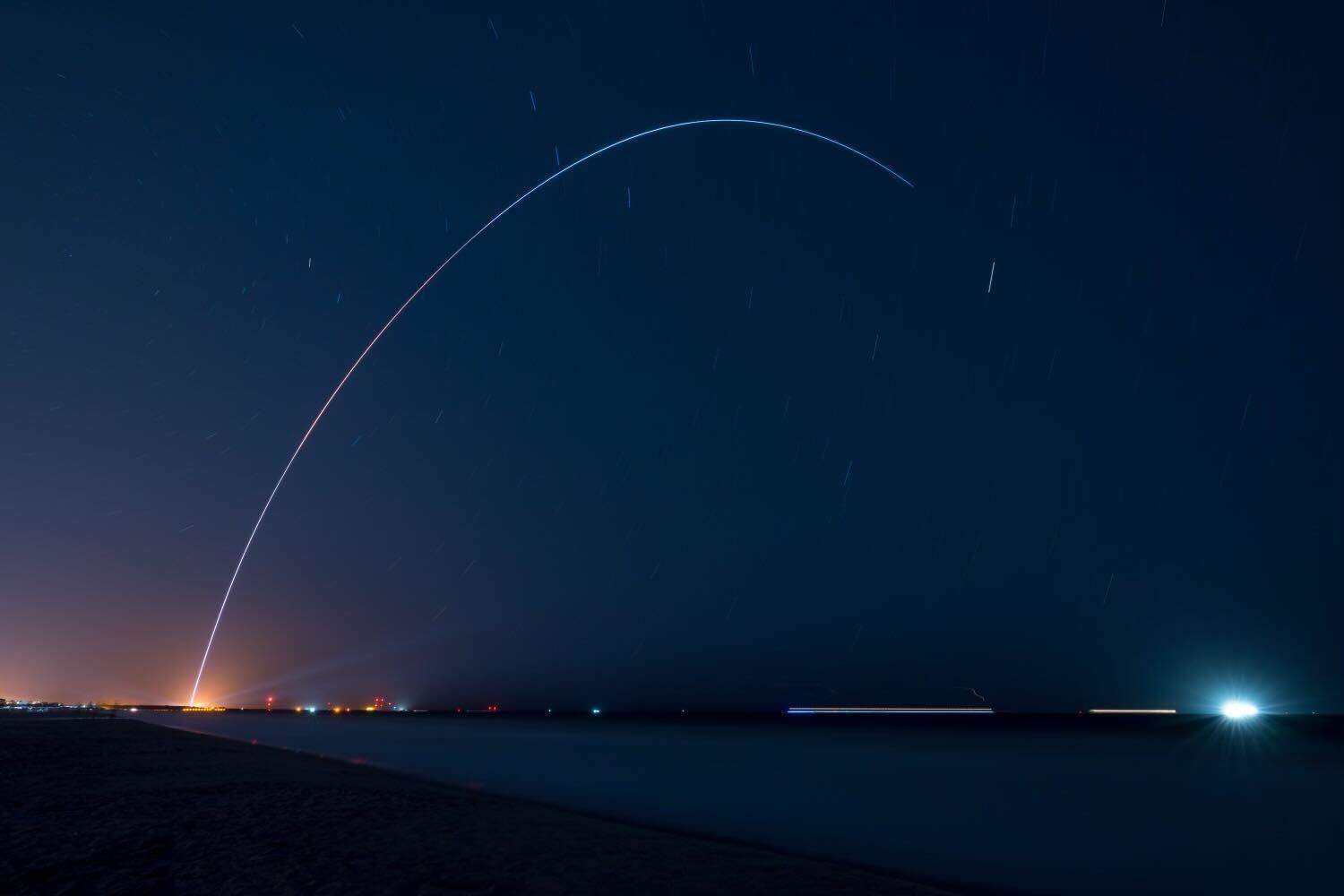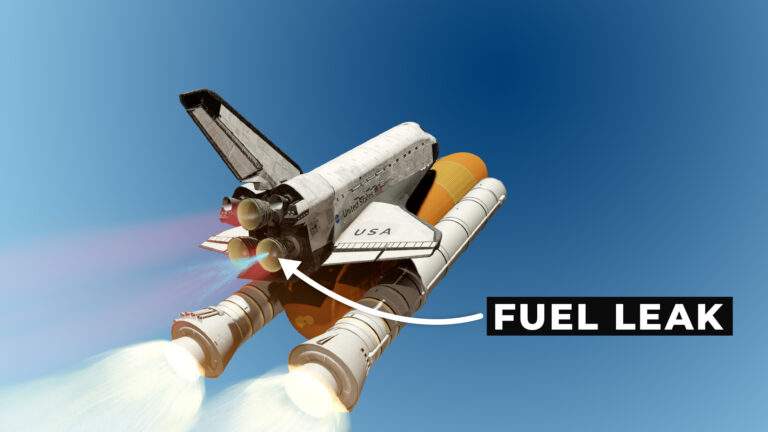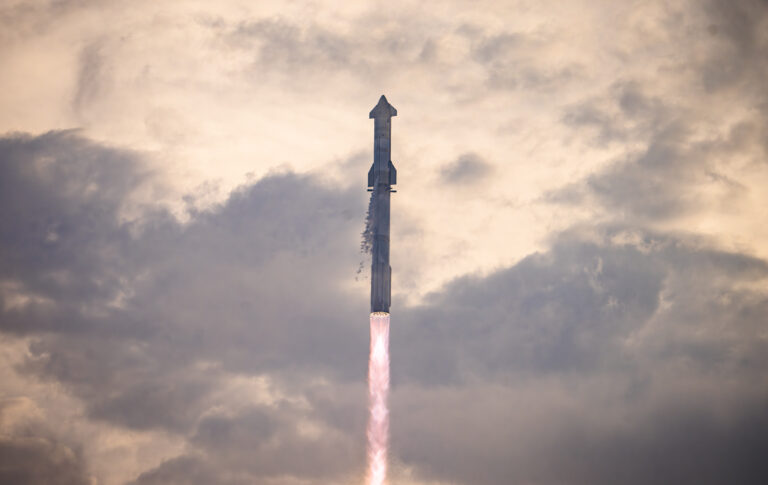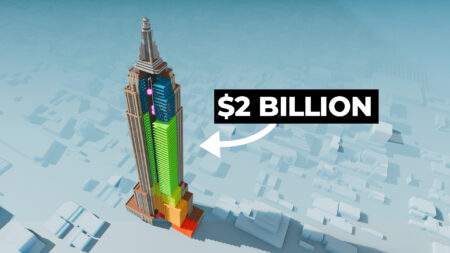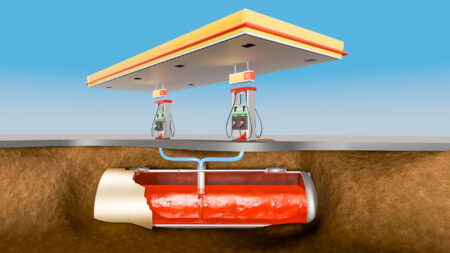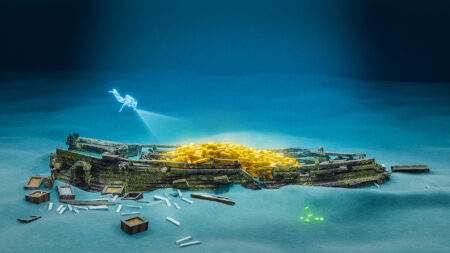After two previous scrubs due to various issues with the rocket, Relativity Space’s Terran 1 launched on its maiden flight on Wednesday, reaching Max-Q but ultimately failing in flight due to an issue with the second stage.
Overview
Late Wednesday evening at 23:25 ET, Terran 1 lifted off into the night sky creating a spectacular view for the many onlookers at Cape Canaveral. The launch blasted off from historic Launch Complex-16, having first been used to launch Titan missiles and conduct missions for the Gemini and Apollo programmes.

Whilst there was a ring under the nosecone with the mission name on, the vehicle was not carrying a payload due to the unpredictable nature of an inaugural launch. The mission was a significant one with it being the first launch of a 3D printed rocket and the first orbital attempt for a United States methalox rocket. Methalox is a fuel system which uses both methane and liquid oxygen. Though methalox rockets are now coming to the fore, they have previously not been built due to their complexity.
The Launch
Ignition and lift-off of Terran 1 and its 9 Aeon engines occurred at 23:25 ET and first stage flight proved to be a smooth ride. Perhaps the most significant milestone of the mission was the vehicle successfully passing through Max-Q thus meeting Relativity’s main objective of the launch. This is the point at which maximum stress is placed on the vehicle during flight and so is a crucial test for the rocket’s structural integrity. Once Terran 1 had passed through Max-Q, first stage flight continued up to main engine cut-off which took place before a safe stage separation.
As the single Aeon vacuum engine on Terran 1’s second stage attempted ignition, that is when issues appeared to begin. Although the cause of the problem is still unknown, Relativity have said the vehicle experienced a second stage anomaly. After an investigation into the mishap, Relativity will likely announce the cause of the issue in the coming weeks or months.
This appears to be when the anomaly occurred.
— Primal Space (@thePrimalSpace) March 23, 2023
A brilliant first flight of Terran 1 however. pic.twitter.com/3mrfCTi2XV
History of Relativity Space
After being founded in 2015, Relativity set out to build the first 3D printed rocket which has remained a key goal of the company.
Since its founding, the company has conducted over 2,000 test fires of its Aeon engine, built the largest metal 3D printers globally, and set out its vision for both the Terran 1 and Terran R rockets.
Future Ambitions
Whilst the company will keep a firm focus on ensuring Terran 1 reaches orbit, there are significant plans in store for their Terran R rocket which was announced in 2021. The 66-metre-tall vehicle is planned to be fully reusable and an entirely 3D printed rocket which will sport seven Aeon-R engines on its first stage.

Showcasing the company’s focus on Terran R, Relativity owns “The Wormhole” factory which has the capacity to house over 2,000 employees and will be used in the production of Terran R.
The inaugural launch of the medium-lift Terran R rocket is set for no earlier than 2024.
Featured Image Credit: Relativity Space / John Kraus
